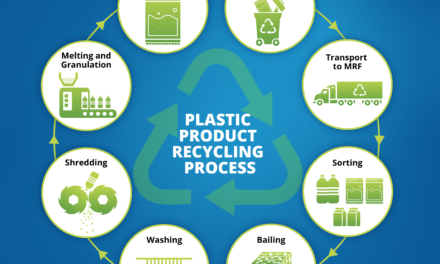Consumer chemical companies ensure transparency in their ingredient lists by following several strategies that promote openness and build consumer trust:
- Clear and Comprehensive Labeling
- Companies provide detailed ingredient lists on product packaging, clearly listing all active and inactive ingredients, along with their function (e.g., preservative, emulsifier). This helps consumers understand what is in the product and why.
- Third-Party Certifications and Audits
- Many companies pursue third-party certifications, such as USDA Organic, Fair Trade, or cruelty-free certifications, to demonstrate their commitment to transparency. These certifications often require regular audits to ensure compliance with standards.
- Use of Digital Tools and QR Codes
- Some companies include QR codes on packaging, which consumers can scan to access detailed information about the product’s ingredients, sourcing, and safety data. This offers a convenient way to provide further transparency.
- Ingredient Sourcing Transparency
- Companies disclose where and how ingredients are sourced, particularly when they use natural or sustainable ingredients. This includes sharing information about ethical sourcing practices, such as fair trade or environmentally friendly harvesting methods.
- Avoidance of Proprietary Ingredient Listings
- To maintain transparency, many companies now avoid using vague terms like “fragrance” or “proprietary blends” unless the ingredients are fully disclosed. This helps consumers understand what specific chemicals are in the product.
- Ingredient Transparency Platforms
- Some companies use platforms or websites dedicated to providing consumers with easy access to ingredient details, product testing results, and any potential health or environmental concerns associated with their ingredients.
- Commitment to “Clean Label” Standards
- Many brands in the beauty, wellness, and household cleaning sectors adopt a “clean label” approach, using natural or non-toxic ingredients and clearly communicating this on packaging to ensure consumers know they are choosing safer products.
- Response to Consumer Inquiries
- Transparent companies actively engage with consumers through customer service, allowing them to inquire about specific ingredients, sourcing practices, and product safety. They typically respond with clear, detailed answers to questions.

















